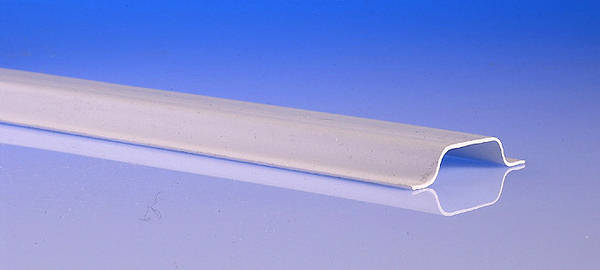Hi can anyone give me any info please brother has just had electrics done to his new extension has had an electrician in to put first fix in plasterer coming in weekend but i have noticed that the grey wiring has not got any white sleeving covering them when i got mine done the electrician covered mine he has phoned his electrician up and he said you dont need to cover them is this correct
thanks brian
thanks brian


